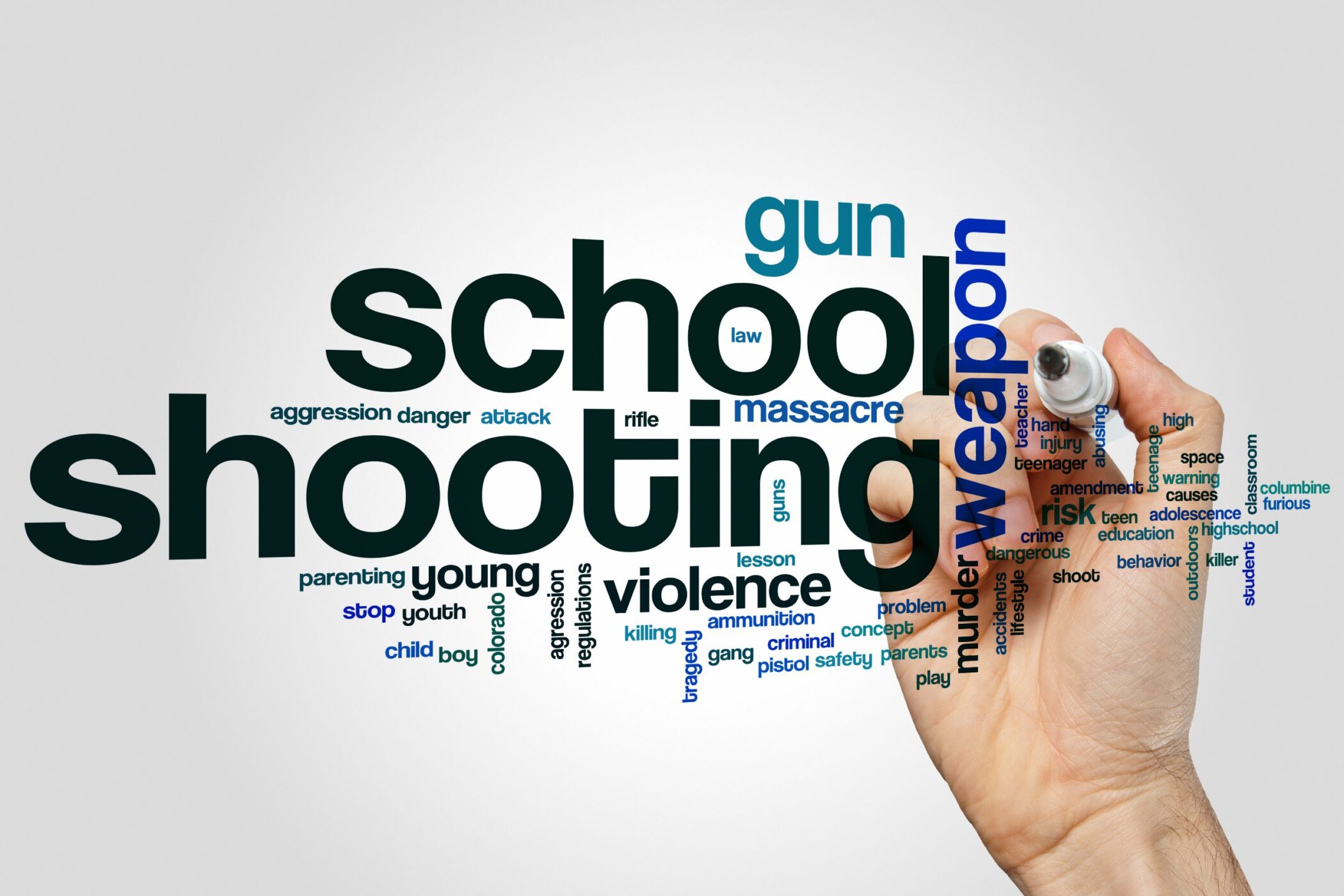Kansas State Board of Education Member Jim McNiece, whose district includes Wichita, took issue with a school safety report by Kansas Department of Education officials at a recent KSDE board meeting.
School safety analysts John Calvert and Jim Green wrapped up a summary of the safety conditions they found in Kansas Schools reacted by saying, “You’re scaring the hell out of people … I’m a little ticked off.”
McNiece, in the meeting, insisted schools have safety plans already in place.
“Our schools have plans. We have good, qualified people out there,” McNiece said. “Your message for those people who are critical of us as public schools is that we’re not ready for this. Let’s start with, ‘They’re doing a good job. They’re protecting our kids. They’re not leaving them vulnerable.'”
In the wake of the Uvalde shooting, the Sentinel reached out to 15 districts in the state to ask about school safety and got exactly four responses, two of them from schools — Wichita and Goddard — in McNiece’s district.
Only two of those that responded, Salina and Manhattan-Ogden, addressed the Sentinel’s questions directly. Goddard directed us to the chief of the district police department. Wichita said the district’s director of safety services would provide an interview, but that never materialized.
McNiece’s assertions about safety made without evidence
The Sentinel spoke to McNiece both via email and a phone interview, and McNiece admitted he couldn’t back up the assertion that schools are “not leaving” children vulnerable.
“You are correct in the assumption that I have not visited nor audited school buildings in our state as regards safety plans,” McNiece said in an email response to a question asking what evidence he had that safety plans were being followed.
“I have been in a significant number of schools, both public and private, large and small as well as urban and rural,” McNiece said. “In all, I have seen evidence of a school safety plan. How good the plans are, I do not know.”
When pressed in the phone interview about Calvert and Green’s assertion that in some schools, safety plans are gathering dust on a shelf rather than being implemented, McNiece insisted that was incorrect.
“An assumption in error is an error,” McNiece said. “I forget the term in logic we use, but that’s just not true. Do some do it better than others, yes?”
Include safety plans as part of the accreditation process, McNiece says
McNiece said he would be in favor of including safety questions and expectations as part of the school accreditation process.
However, schools only face accreditation once every five years — meaning the plans could potentially only be looked at once every five years, rather than updated a minimum of every six months as experts suggest.
How effective that would be is a matter of debate however, as the current process requires schools to have a plan to increase achievement — but that plan, as current state achievement levels show — doesn’t actually have to work.
Twenty-two hazards, but an active shooter is not one
Calvert said that when the state of Kansas discusses school safety, there are 22 hazards listed — an active assailant in school is not one of them.
“But that is always the one that we get asked about,” he said, adding that they have therefore talked to the Department of Homeland Security and the Secret Service.
“This is what they say: There’s no profile. It has been high, high achieving kids, it’s been poor performers, it’s been people who are loners and socially isolated and those who are well-liked and popular,” Calvert said. “I can tell you that the number one thing that we can do to keep our schools safe … is that we have to build and maintain positive relationships with our students. A study finds that 92% of the time, another student noticed concerning behaviors and didn’t report it. That same study says that at least one person noticed a concerning behavior in every act of the assailant’s life.”
Moreover, according to Green, he will sit down with a district to help them develop a plan based on Crime Prevention Through Environmental Design, which involves finding areas in and around buildings where threats can be masked — such as poor lighting or vegetation around windows where an attacker might be able to hide, and other hazards — and help the district create a plan.
The problem, according to Green, is that — as McNiece asserted — schools often do have a plan but then often fail to actually put it into practice.
“Here’s the one that John and I really have issues with as they implement and maintain the plan,” Green said. “We see ‘well, I have a plan. It’s all done. And I put it on the shelf. But I don’t practice it.'”
Additionally, Calvert said, while KDSE can require a crisis plan in order to obtain money from the state’s $5 million school safety fund, the department cannot force districts to use the plan, let alone update it every six months.
“We tell districts, and we go all over the state and say you need to have a plan,” he said. “If your crisis plan hasn’t been updated in the last six months, you better update it. But we don’t have any teeth that go with that mandate.”


